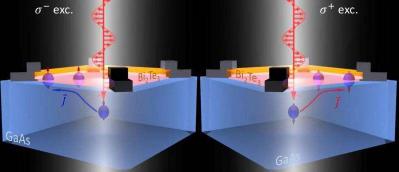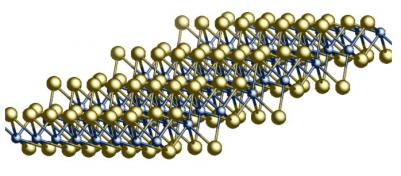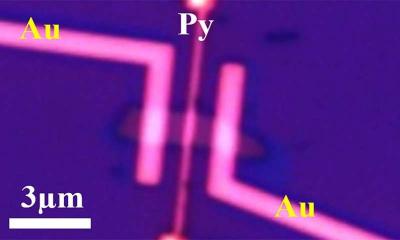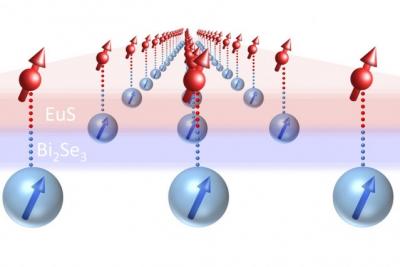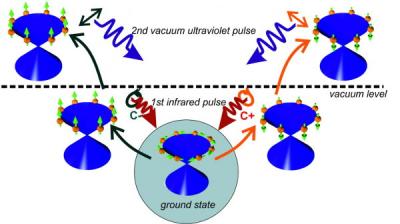Researchers report room temperature spin-orbit torque switching using a topological insulator
Researchers from NUS have demonstrated for the first time room temperature magnetization switching driven by giant spin-orbit torques (SOT) in topological insulator/conventional ferromagnetic heterostructures with an extremely low current density.
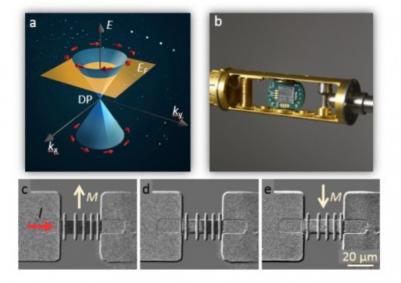
The researchers believe that such switching that uses so little power could be used to scale up spintronics devices. The researchers achieved the switching using an 8-nm layer of Bi2Se3 grown on top of a 6 nm layer of NiFe, a widely used ferromagnet.
